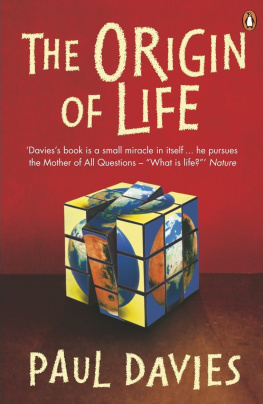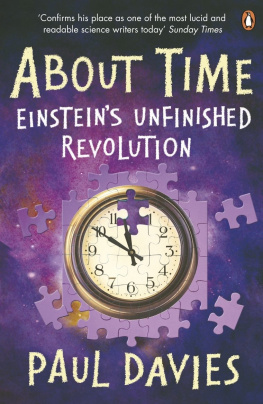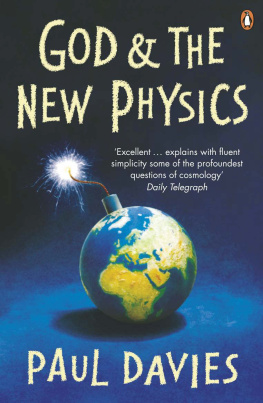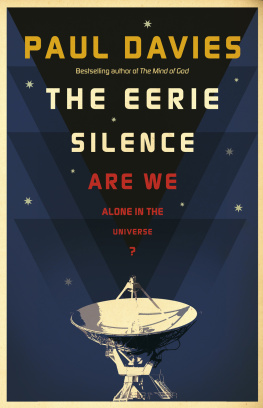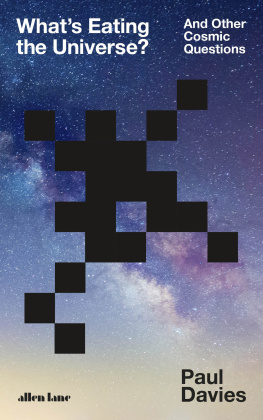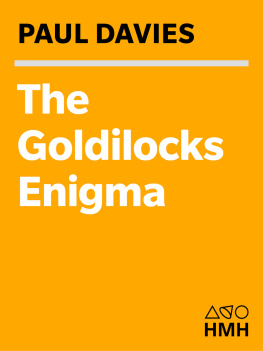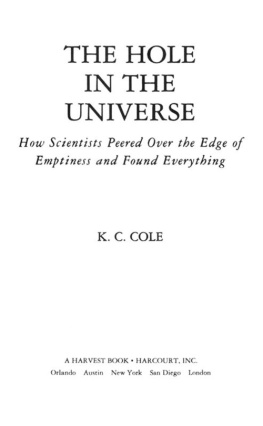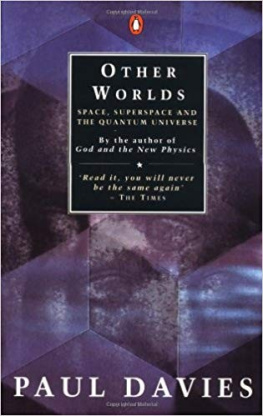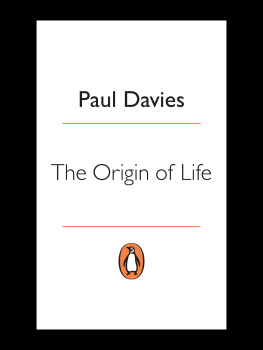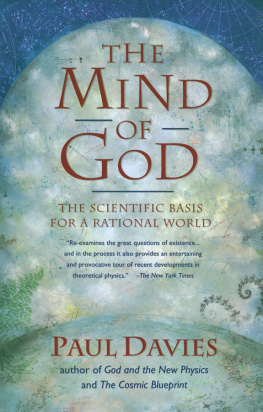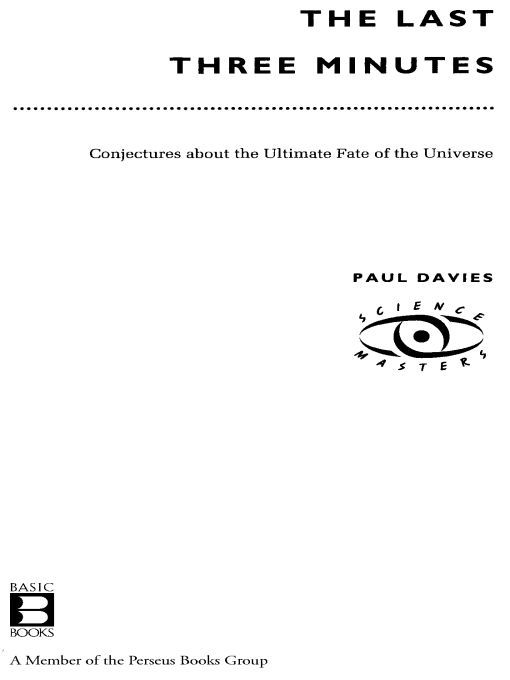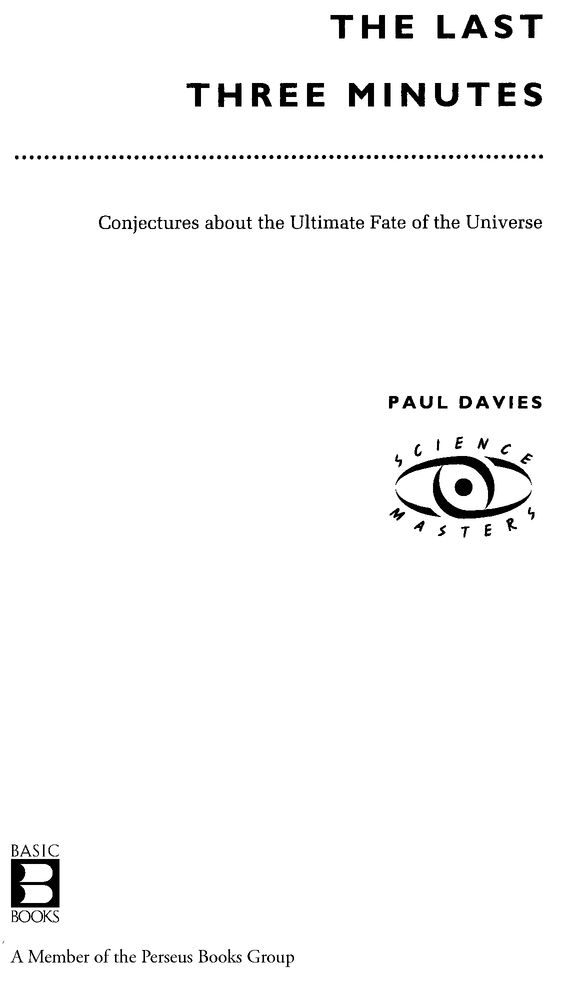Paul Davies - The Last Three Minutes: Conjectures About the Ultimate Fate of the Universe
Here you can read online Paul Davies - The Last Three Minutes: Conjectures About the Ultimate Fate of the Universe full text of the book (entire story) in english for free. Download pdf and epub, get meaning, cover and reviews about this ebook. year: 1997, publisher: Basic Books, genre: Children. Description of the work, (preface) as well as reviews are available. Best literature library LitArk.com created for fans of good reading and offers a wide selection of genres:
Romance novel
Science fiction
Adventure
Detective
Science
History
Home and family
Prose
Art
Politics
Computer
Non-fiction
Religion
Business
Children
Humor
Choose a favorite category and find really read worthwhile books. Enjoy immersion in the world of imagination, feel the emotions of the characters or learn something new for yourself, make an fascinating discovery.

- Book:The Last Three Minutes: Conjectures About the Ultimate Fate of the Universe
- Author:
- Publisher:Basic Books
- Genre:
- Year:1997
- Rating:4 / 5
- Favourites:Add to favourites
- Your mark:
The Last Three Minutes: Conjectures About the Ultimate Fate of the Universe: summary, description and annotation
We offer to read an annotation, description, summary or preface (depends on what the author of the book "The Last Three Minutes: Conjectures About the Ultimate Fate of the Universe" wrote himself). If you haven't found the necessary information about the book — write in the comments, we will try to find it.
Ragnarok. Armageddon. Doomsday. Since the dawn of time, man has wondered how the world would end. In The Last Three Minutes, Paul Davies reveals the latest theories. It might end in a whimper, slowly scattering into the infinite void. Then again, it might be yanked back by its own gravity and end in a catastrophic Big Crunch. There are other, more frightening possibilities. We may be seconds away from doom at this very moment.
Written in clear language that makes the cutting-edge science of quarks, neutrinos, wormholes, and metaverses accessible to the layman, The Last Three Minutes treats readers to a wide range of conjectures about the ultimate fate of the universe. Along the way, it takes the occasional divergent path to discuss some slightly less cataclysmic topics such as galactic colonization, what would happen if the Earth were struck by the comet Swift-Tuttle (a distinct possibility), the effects of falling in a black hole, and how to create a baby universe. Wonderfully morbid to the core, this is one of the most original science books to come along in years.It is always a pleasure to read this kind of meditation when it is carried out by a thinker of the breadth and awareness of Paul Davies. --New York Times
Davies guides the reader on an imaginary journey into deep time, as the celestial clockwork winds out to infinity, bearing our descendants with it.--Laurence A. Marschall, The Sciences
Davies has written a highly readable book that makes a commendable companion to The First Three Minutes.--Elizabeth Maggio, Washington Post
From Library JournalAlthough cosmology has developed into perhaps the most arcane and heavily mathematicized of academic specialities, you dont have to be a scientist to gaze at the night sky in search of answers. Hence the appeal of these fine companion books, the first in the publishers very promising Science Masters series, which aims to tap into the potentially large market of curious, generally educated readers seeking intelligent but nontechnical treatments of current science issues. Barrow looks at Big Bang cosmology and does a particularly good job at explaining so-called inflationary universe theory, a difficult concept that others have handled far less deftly. Still, despite his occasional digressions into the literature of Arthur Conan Doyle, his writing is rather dry. Davies, by contrast, is more playfully conjectural, and the sheer audacity of some of his speculations makes for a more entertaining read. While other popularizations of basic cosmology have been published in recent years (e.g., Alan Lightmans Time for the Stars, LJ 11/15/92), Barrow and Davies are quality science popularizers, and both of their books merit recommendations. Daviess book is, however, the stronger due to the livelier writing and comparative uniqueness of his subject. [The third volume in the Science Masters series is Richard Leakeys The Origin of Humankind, reviewed below.-Ed.]-Gregg Sapp, Univ. of Miami Lib.
--Gregg Sapp, Univ. of Miami Lib.
Copyright 1994 Reed Business Information, Inc.
Paul Davies is a professor of natural philosophy at the University of Adelaide, South Australia. He is the author of more than twenty books, including The Mind of God, The Cosmic Blueprint, Superforce, and Are We Alone? He won the 1995 Templeton Prize for Progress in Religion for his contributions to religious thought and inquiry.
Paul Davies: author's other books
Who wrote The Last Three Minutes: Conjectures About the Ultimate Fate of the Universe? Find out the surname, the name of the author of the book and a list of all author's works by series.

